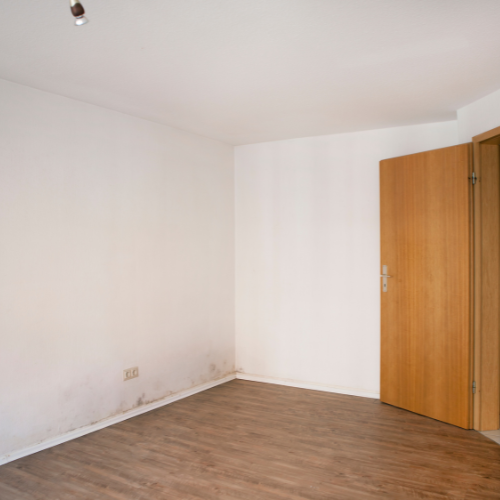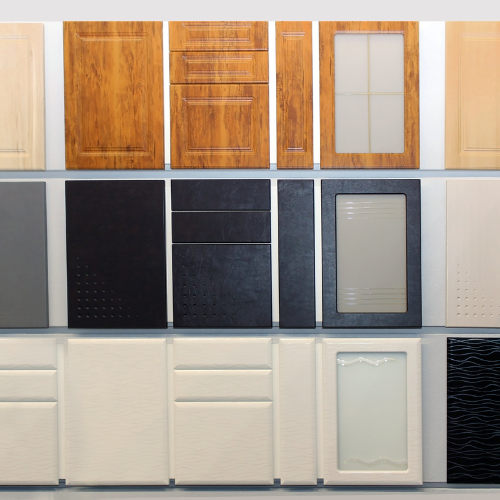#Collaborative post
Even the biggest of houses can suffer from having too little storage. Or maybe just the wrong type of storage, in the wrong places. Figuring out your personal storage needs then arranging things to suit makes living much easier and less stressful.
Think About it First
Before you dive into buying special furnishings or shelving, think about what you’re going to store. What are your main storage needs? What gets you down the most about the way you currently organise your storage?
These days there are so many storage options that it’s easy to end up with the wrong type. An example would be buying a lot of tubs and baskets to put small things into which would then stand on shelves when you hate shelves and the sight of tubs all over the place. While the tubs sound great in theory, they may not work so well for you in practice. You might be better off with a streamlined cabinet you can hide things in. You can even discover your personality type regarding organisation and storage.
When you’re considering where and how to add storage, it also helps to take a leaf out of the supermarket’s selling tactics. They put all the most tempting buys at eye level or thereabouts. In practice, that’s the space roughly between your knees and your shoulders (rather than directly in front of your eyes) is the prime area to store things you want to find easily, or that you use most often.
So, avoid including lots of overhead storage for the things you reach for every day or storage that’s too low and therefore uncomfortable to reach. Save high and low storage for the things you don’t use that often.

Have a Good Clear-out
Often this is easier if you go room by room. Start with little things, such as in the bathroom, tackle the bathroom cabinet and throw away all the out-of-date medicines or treatments or anything you don’t need anymore. Put everything else back in. Do the same with any cabinets, tubs or drawers in there. The bathroom is a good place to start because it tends to contain a lot of the same kind of thing, so it’s easier to sort.
Having made a start with decluttering (which is the hardest part of any job), it’s easier to maintain the motivation and go on to a different room. Start the same way in all the rooms, tackling drawers and cupboards first. Sort things into piles or toss them into different baskets or bags depending on the category. Categories include
- Broken things (throw away).
- Things you use a lot.
- Things you love but don’t use much.
- Things you love but never use.
Having emptied a few drawers, cleared some surfaces, and tackled cupboards in this way, you’ll have more idea of the number of items you need storage for, and the types of storage that will best suit them.
You can also digitise some of your old files too which will save on storage. Old books, images and VHS tapes can be converted to digital versions which will save you space.
Items you love but don’t often use are best stored outside the house when space is limited. Self storage units are tailor-made for this. They’re clean and secure, in handy locations, and have lots of different size rooms. These suit both those with just a few boxes to store and people with bulkier items or furnishings they don’t use.
A good tip is to not sort too much at once. You don’t want to create an almighty pile of stuff that has to then be resorted. Stop regularly, assess how big your piles are (or how full your bags are) and deal with those things before moving on. Far better to tackle a few areas each day or week, than try and go all at once and get overwhelmed.

Creative Storage Methods
If you have items you don’t use all year, one way of solving the problem of storing them is to take a seasonal approach to self storage. Growing in popularity, you can store your winter stuff over summer, and vice versa, to keep the house and shed/garage free of items not in use. It’s handy for garden furniture and machines or tools, sports gear, and everyday clothing that’s seasonal. By storing all the family’s winter clothes through the summer months, closets stay clutter-free and easy to manage.
Take the same approach with the furniture you don’t use all year round, such as in guest bedrooms or large dining tables that only get put to good use during Christmas or other family celebrations. Self storage offers a way of saving these expensive furnishings for when you need them but clearing yourself some personal space when you don’t.
Storage Furnishings
As mentioned earlier, sometimes you want more storage without resorting to tubs and baskets. Storage furniture is the answer. Lift top coffee tables, occasional or side tables with shelves or drawers, storage footstools or chests, ottoman and divan style beds, are all great options to keep rooms looking neat and clutter-free while keeping all the necessary, every day, things handy.
Creating a spacious home often doesn’t mean having more physical space, it is sometimes as simple as reordering the way you use what you’ve got.



